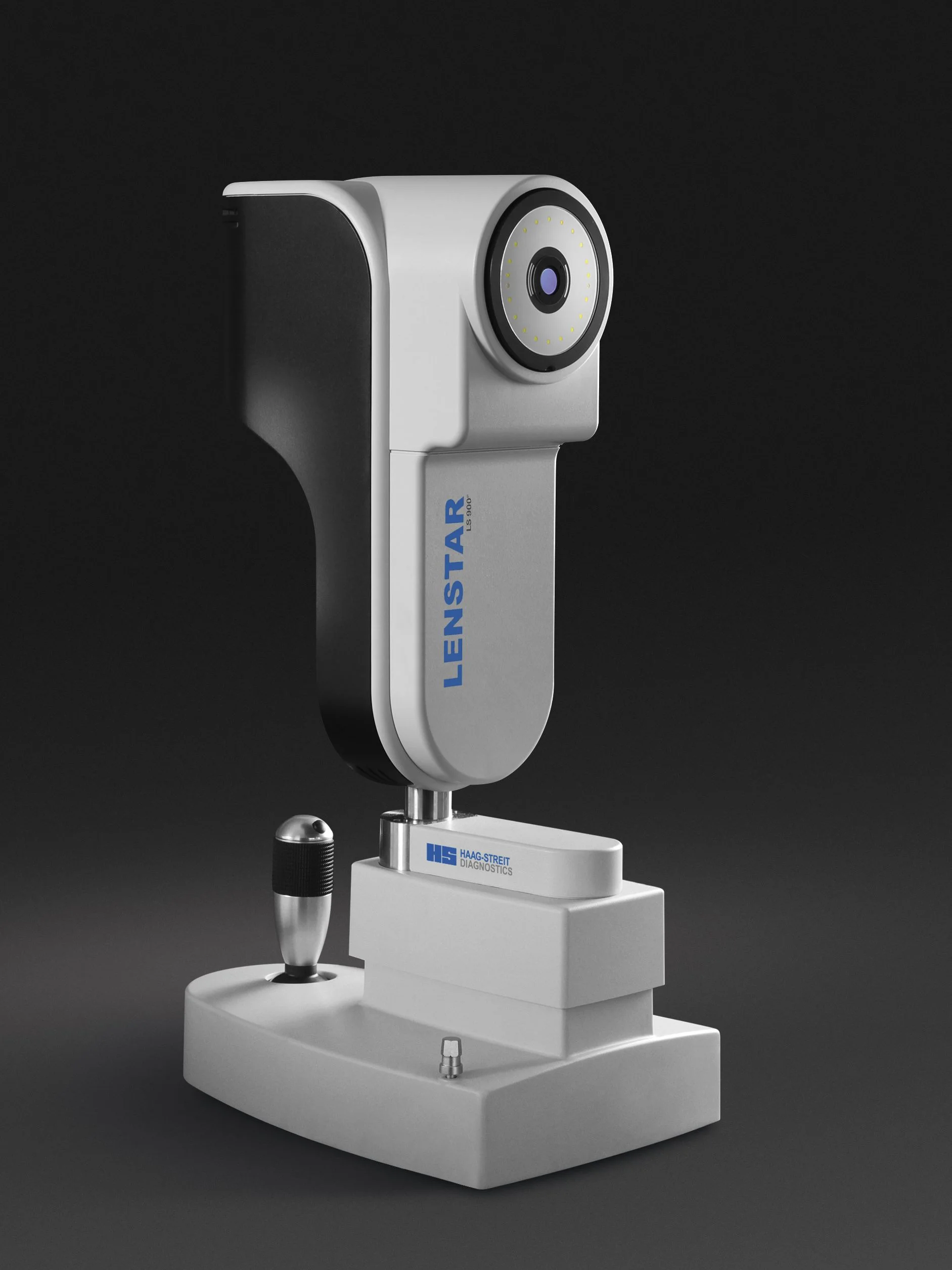
Lenstar Biometry for Myopia Management
The Haag-Streit Lenstar biometer measures the axial length of the eye, a critical measure for assessing the progression of myopia especially in children and adolescents
Home » Technology » Keratography
Keratography with the Oculus K5 instrument is an invaluable tool for the assessment, diagnosis and classification of dry eye. Amongst the properties this versatile device measures are tear volume, tear film break up time, lipid layer assessment, tear flow dynamics, conjunctival redness scan and infrared meibography to visualise the structure of the meibomian glands under infrared light.
All these procedures are non-invasive and involve little if any discomfort. The keratograph’s software also provides an analysis of responses to the Ocular Surface Disease Index (OSDI) questionnaire as well as a summary of the tear properties measured. These results help substantially in determining whether eye disease is evaporative, or due to aqueous insufficiency, or a mixture of both.
More on how the keratograph assists in diagnosis can be found in assessment and diagnosis of dry eye.
The K5 keratograph also has a useful additional function called pupillometry which enables very accurate measurement and recording of pupil reactions. This can play an important role in assessing possibble neurological conditions.
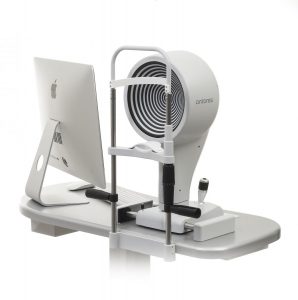
Learn more about the technology that we use at Collins Street Optometrists

The Haag-Streit Lenstar biometer measures the axial length of the eye, a critical measure for assessing the progression of myopia especially in children and adolescents
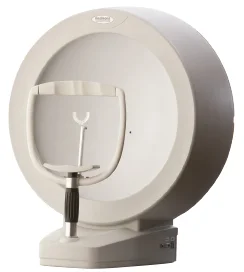
Measurement of visual fields by automated perimetry is an important technique for assessing glaucoma and neurological conditions
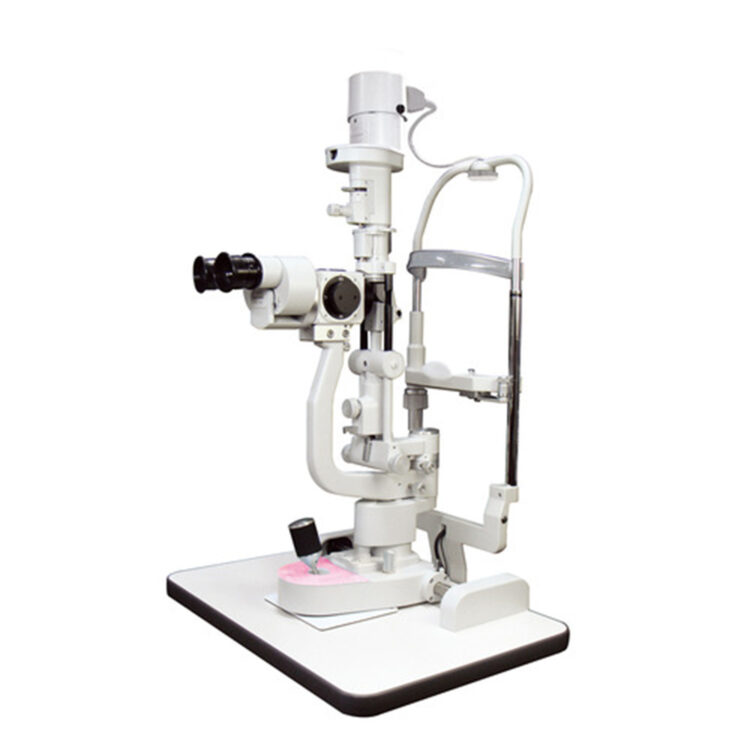
High quality magnification and lighting are essential for examining the front of the eye and detecting subtle changes, which is assisted further by the recording function of digital photography
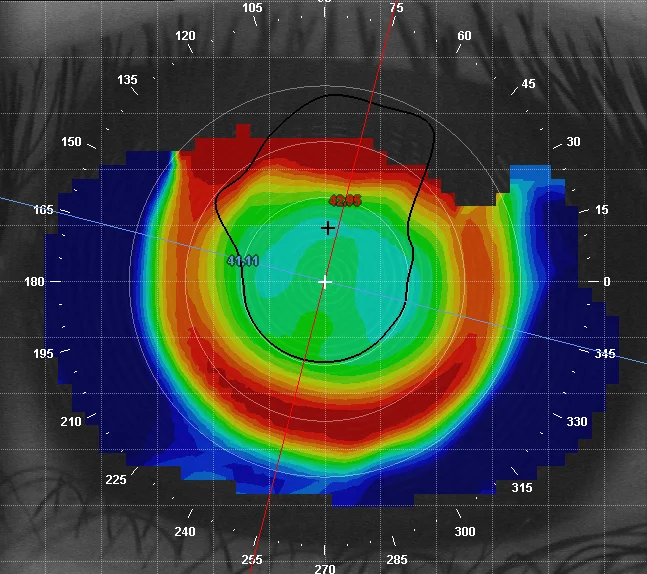
Corneal topography provides a computerised 3-D map of the front surface of the eye, with which we can see the characteristics of its curves and surface irregularities and which is enormously helpful for contact lens fitting
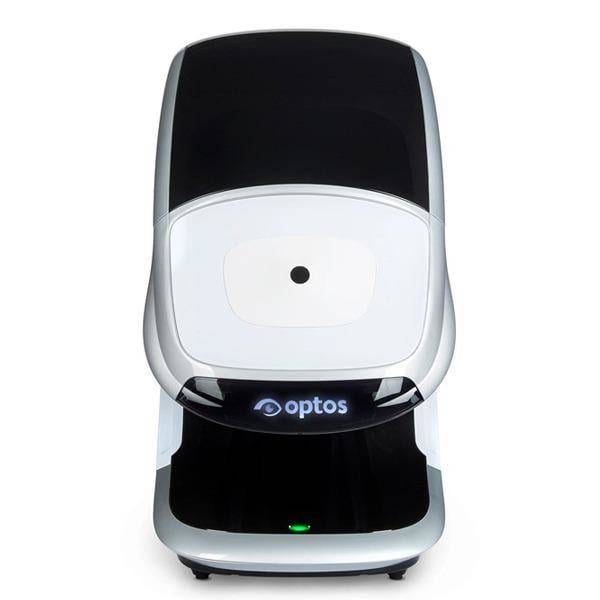
Our Optos Daytona scans the retina with two lasers through a range of 200°, where by comparison, standard digital retinal photography captures only the central 45°
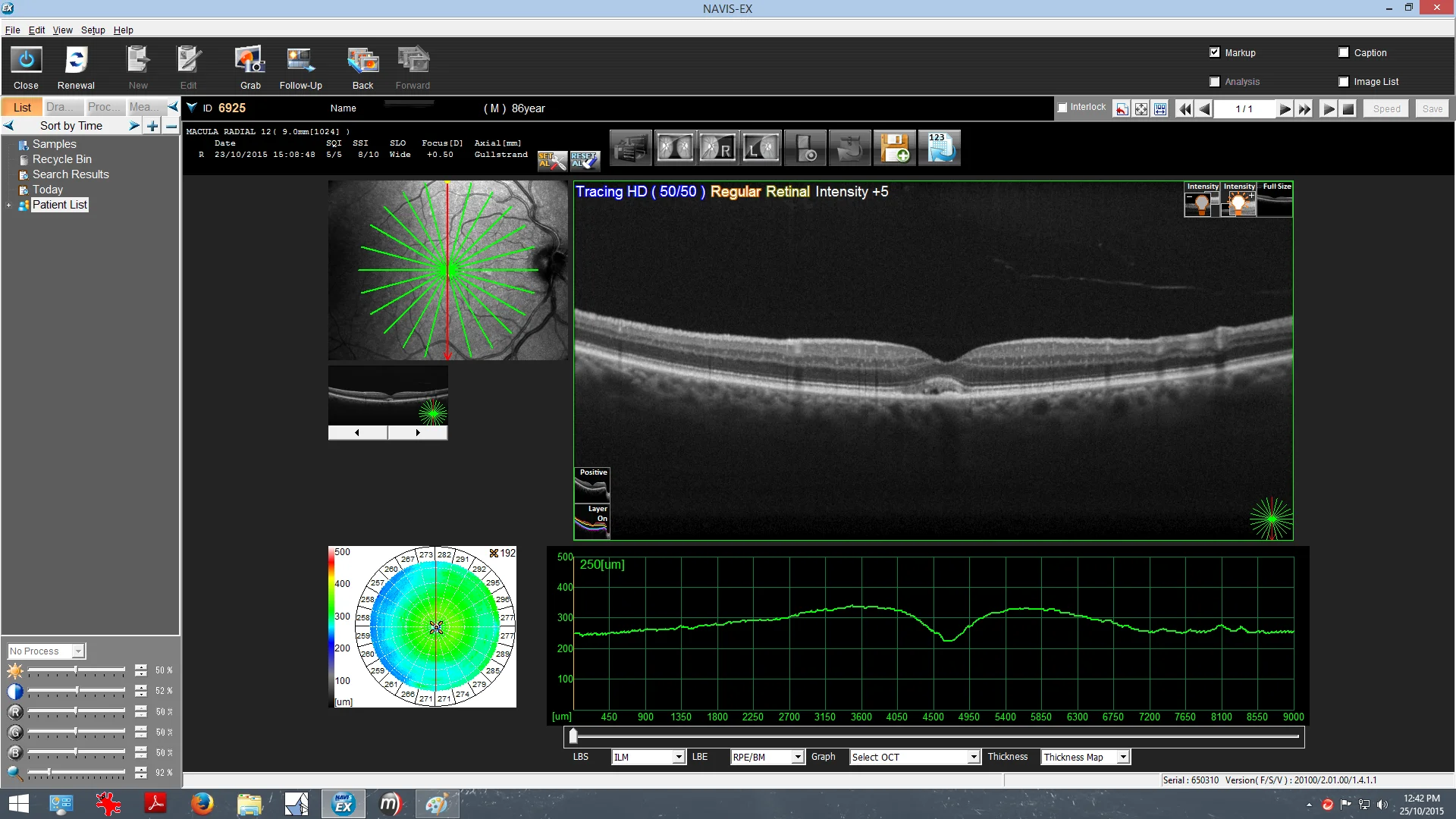
Optical Coherence Tomography is a non-invasive imaging technology used to capture cross-sectional images of the retina and is an essential aid in the diagnosis of retinal disease and glaucoma
Monday - Friday
9AM - 6PM
Saturday - Sunday
CLOSED